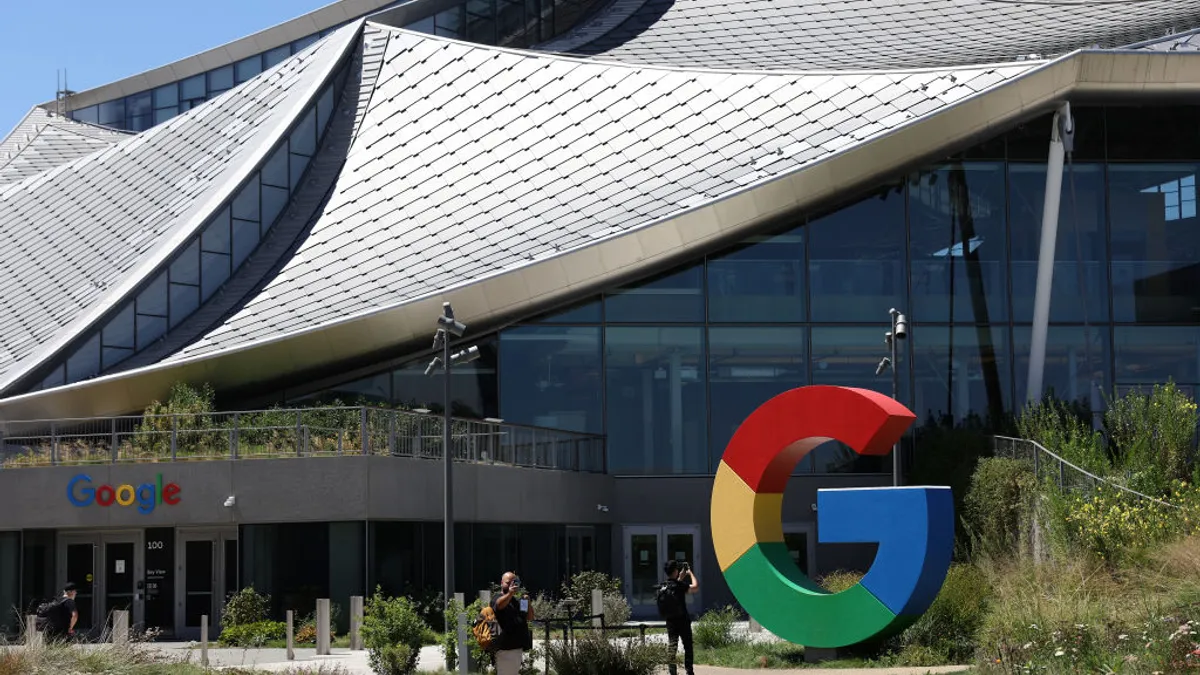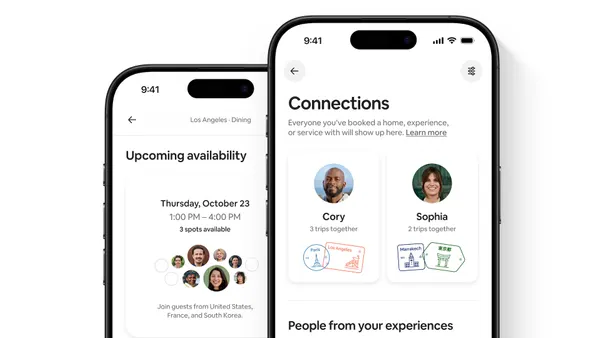Brief:
- Video will grow to 75% of mobile traffic by 2023 — from 55% now — as people turn to their smartphones to watch news, entertainment and live streams, Ericsson estimated in a report.
- Mobile video traffic is forecast to grow by 50% a year through 2023, while social networking will rise 34% annually during the period. Social media's share of traffic will decline from 12% this year to about 8% in 2023 because of the stronger growth of video, Ericsson said.
- Mobile traffic overall will grow 8x to 110 exabytes a month (an exabyte is a billion billion bytes of data) by 2023, or the equivalent of 5.5 million years of streaming HD video each month, Recode reported. The average smartphone user will increase their monthly data usage to 17 gigabytes by 2023 from 2.9 gigabytes now, meaning annual growth of 34% a year. North American mobile data usage will grow even faster and will maintain its top ranking for the highest average data usage, with growth of 37% a year to an average of 48 gigabytes a month in five years, Ericsson predicted.
Insight:
This estimated surge in mobile video traffic is likely to spur a greater emphasis on advertising for the platform, especially among ad-supported apps such as Google, Facebook, Instagram, Snapchat, Twitter and a range of publishers. Video already is the leading category of mobile data traffic, followed by social networking, audio, software downloads, web browsing and file sharing, Ericsson said.
The use of embedded video in social media and webpages, which Ericsson counts as video traffic, is growing with the greater popularity of smartphones with larger screens, higher resolution and platforms that support live streaming. Another key driver is a growing preference among consumers for viewing on-demand TV instead of scheduled viewing. As early as 2020, half of all TV and video viewing will be from a mobile screen, Ericsson estimated.
For marketers, this greater emphasis on mobile video will push brands and publishers to find new ways to separate themselves from other similar producers with unique content or more immersive video experiences. Some marketers have begun to turn to content that uses 360-degree video or augmented reality, as interactive video engagement is associated with purchase intent that's 9x higher than passive viewing, giving brands an indication of the effectiveness of a marketing message.
The proliferation of smartphones, which puts massive computing power into the hands of most adults in the U.S., makes engaging, interactive mobile content by brands more feasible than ever.













